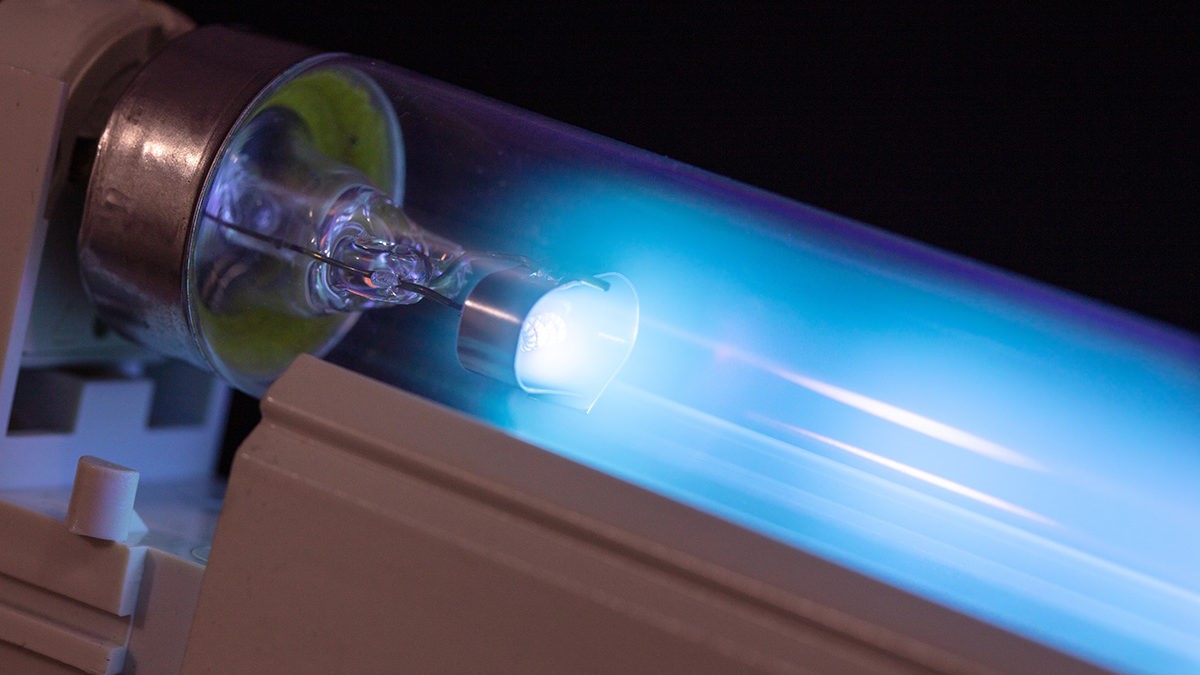
Light pulses can stop dangerous food poisoning
Each year, 600 million people worldwide are sickened and 420,000 die needlessly due to foodborne illness — almost a third of those, they are children under 5.
The food industry is no stranger to UV light. UV has been used for food sanitation in meat aging facilities since the 1960s.
Traditionally, this was achieved via low-intensity UV light administered for long periods of time.
To reduce this considerable disease burden, a team of researchers have developed a new, pulsed light food sanitization method capable of killing multiple foodborne pathogens — including the dangerous usual suspects Salmonella and E. coli.
Researchers found that targeted pulses of broad spectrum light caused a germicidal response in bacteria and bacterial spores, with UV light doing the lion’s share of the damage, although how much varied by pathogen.
This is a completely different system. They are using pulsed light instead of continuous light, which takes advantage of the stored energy in a pulse, so they can deliver more power in less time.
Pulsed light was able to kill a variety of foodborne pathogens responsible for making us sick, including gram-negative and gram-positive bacteria, as well as bacterial spores.
 English
English Arabic
Arabic


